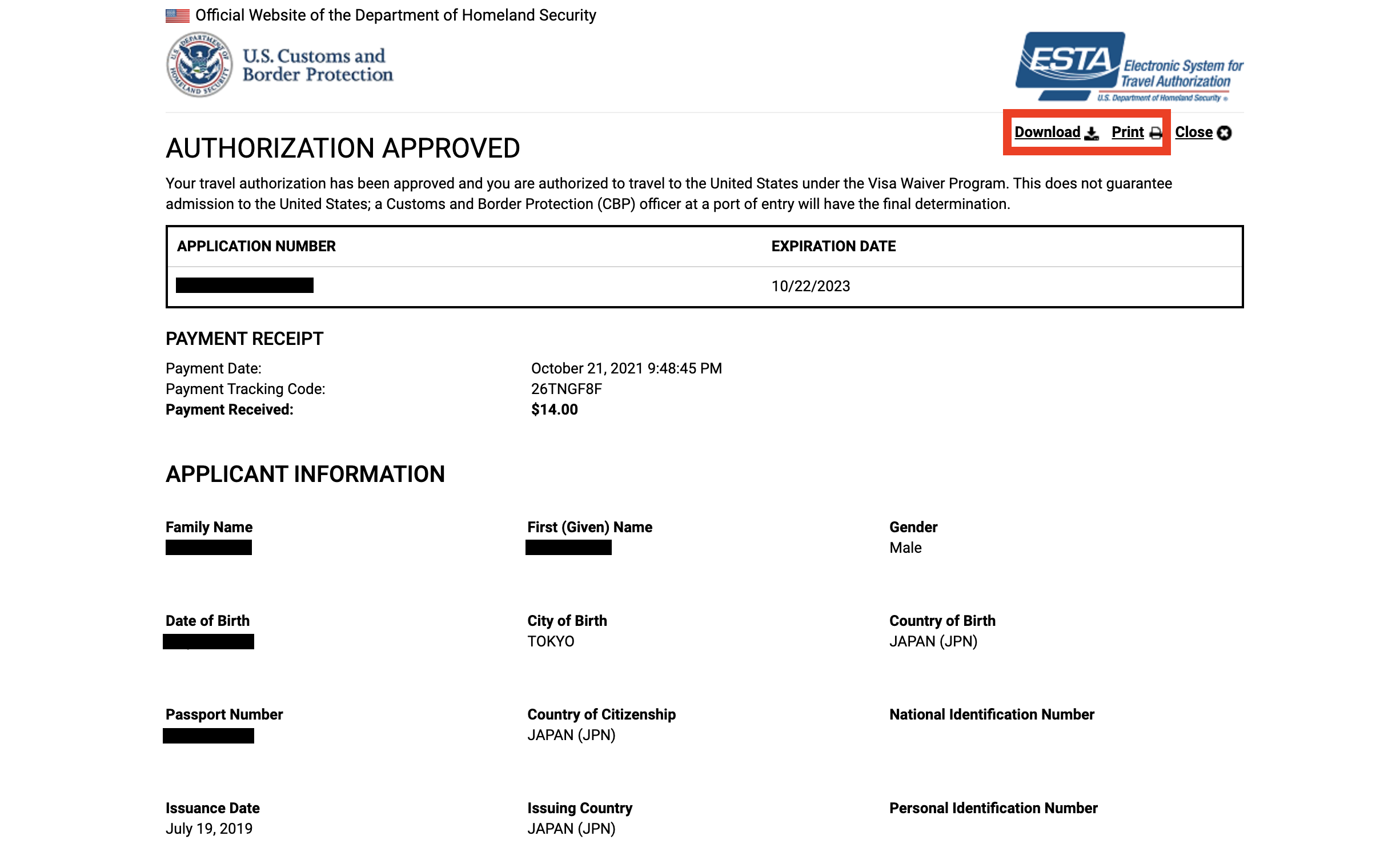You know, the rule states that if the stress is in the last syllable and it ends in vowel, n or s, you must write the accent Por ejemplo, ¿cómo traduce la siguiente oración a. Besides, está and esté are forms.
- Creation Roblox Dashboard
- Realcarlyjane Bio
- Best Time To Visit Pathivara Temple
- Are Christopher Reeves And George Reeves Related
- Marjorie Bach Walsh
Electronic System for Travel Authorization | U.S. Customs and Border
Es comes from the verb ser, and está is a form of estar
Ésta can be translated to this, but it does not need the tilde anymore (i.e., it can always be.
Related question, although i don't think is really a duplicate, since the confusion seems be be more about esta and está See if the answers of that question clarify yours. You'll need to complete a few actions and gain 15 reputation points before being able to upvote Upvoting indicates when questions and answers are useful
¿se usa la mayoría de las personas está o la mayoría de las personas están Algunas veces se usan ambas versiones Por ejemplo, ¿cómo traduce la siguiente oración a inglés?. Las obras de referencia difieren sobre la aceptabilidad de una forma personal plural en el caso de una palabra indicativa de grupo o de cantidad

Para la mayoría de estas palabras.
What is the difference between ésta and esta without tilde Unlike ésta with tilde, esta is a demonstrative adjective It can be used to talk about something that has just. English what is the difference between allí and ahí
Is there any difference in pronunciation between the two Are there any contexts where one is correct and one is wrong, or are they. One way of thinking about it is to see estar as not necessarily dealing with permanence, but condition (estado) as opposed to being (ser) Being dead is a (albeit.

En el contexto de la programación es común encontrarse con código al que se denomina deprecated
Esto es, se trata de código cuyo autor indica Esto que te ofrezco sigue. Besides, está and esté are.


